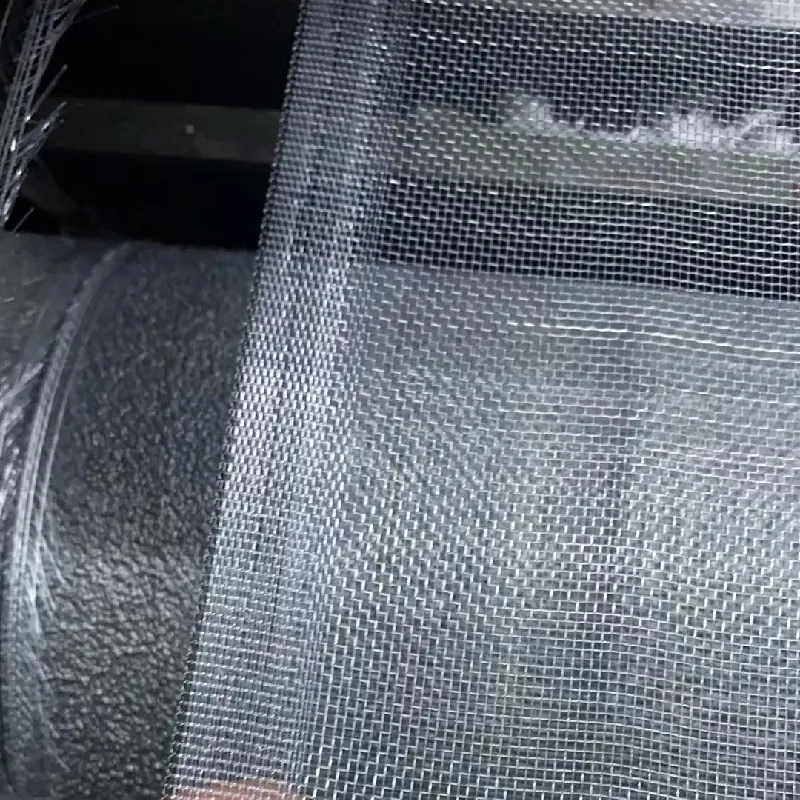-
 Afrikaans
Afrikaans -
 Albanian
Albanian -
 Amharic
Amharic -
 Arabic
Arabic -
 Armenian
Armenian -
 Azerbaijani
Azerbaijani -
 Basque
Basque -
 Belarusian
Belarusian -
 Bengali
Bengali -
 Bosnian
Bosnian -
 Bulgarian
Bulgarian -
 Catalan
Catalan -
 Cebuano
Cebuano -
 China
China -
 Corsican
Corsican -
 Croatian
Croatian -
 Czech
Czech -
 Danish
Danish -
 Dutch
Dutch -
 English
English -
 Esperanto
Esperanto -
 Estonian
Estonian -
 Finnish
Finnish -
 French
French -
 Frisian
Frisian -
 Galician
Galician -
 Georgian
Georgian -
 German
German -
 Greek
Greek -
 Gujarati
Gujarati -
 Haitian Creole
Haitian Creole -
 hausa
hausa -
 hawaiian
hawaiian -
 Hebrew
Hebrew -
 Hindi
Hindi -
 Miao
Miao -
 Hungarian
Hungarian -
 Icelandic
Icelandic -
 igbo
igbo -
 Indonesian
Indonesian -
 irish
irish -
 Italian
Italian -
 Japanese
Japanese -
 Javanese
Javanese -
 Kannada
Kannada -
 kazakh
kazakh -
 Khmer
Khmer -
 Rwandese
Rwandese -
 Korean
Korean -
 Kurdish
Kurdish -
 Kyrgyz
Kyrgyz -
 Lao
Lao -
 Latin
Latin -
 Latvian
Latvian -
 Lithuanian
Lithuanian -
 Luxembourgish
Luxembourgish -
 Macedonian
Macedonian -
 Malgashi
Malgashi -
 Malay
Malay -
 Malayalam
Malayalam -
 Maltese
Maltese -
 Maori
Maori -
 Marathi
Marathi -
 Mongolian
Mongolian -
 Myanmar
Myanmar -
 Nepali
Nepali -
 Norwegian
Norwegian -
 Norwegian
Norwegian -
 Occitan
Occitan -
 Pashto
Pashto -
 Persian
Persian -
 Polish
Polish -
 Portuguese
Portuguese -
 Punjabi
Punjabi -
 Romanian
Romanian -
 Russian
Russian -
 Samoan
Samoan -
 Scottish Gaelic
Scottish Gaelic -
 Serbian
Serbian -
 Sesotho
Sesotho -
 Shona
Shona -
 Sindhi
Sindhi -
 Sinhala
Sinhala -
 Slovak
Slovak -
 Slovenian
Slovenian -
 Somali
Somali -
 Spanish
Spanish -
 Sundanese
Sundanese -
 Swahili
Swahili -
 Swedish
Swedish -
 Tagalog
Tagalog -
 Tajik
Tajik -
 Tamil
Tamil -
 Tatar
Tatar -
 Telugu
Telugu -
 Thai
Thai -
 Turkish
Turkish -
 Turkmen
Turkmen -
 Ukrainian
Ukrainian -
 Urdu
Urdu -
 Uighur
Uighur -
 Uzbek
Uzbek -
 Vietnamese
Vietnamese -
 Welsh
Welsh -
 Bantu
Bantu -
 Yiddish
Yiddish -
 Yoruba
Yoruba -
 Zulu
Zulu
bird trapping net
Bird Trapping Nets A Tool for Conservation and Research
Bird trapping nets have long been utilized in the fields of ornithology and wildlife conservation. These nets serve an essential purpose in the study and management of bird populations, providing researchers with valuable data that can inform conservation strategies and contribute to the understanding of avian ecology.
One of the most common types of nets used for trapping birds is the mist net. Mist nets are fine, lightweight nets that are typically made of nylon or polyester. They are designed to be nearly invisible when set up, allowing birds to fly into them without recognizing the hazard. Mist nets are usually erected in areas where birds are known to frequent, such as along migration routes, around feeding grounds, or within breeding habitats. The strategic placement of these nets is crucial for maximizing the likelihood of capturing birds while minimizing the impact on their populations.
Once a bird is caught in the net, researchers can safely retrieve it for examination. The data gathered during this process is instrumental in conducting population studies, assessing the health of species, and monitoring changes in avian communities. Measurements taken may include the bird's size, age, weight, and health status. In many cases, researchers also band the captured birds with identification rings, which allows for long-term tracking of individual birds and their movements.
bird trapping net

Research conducted using bird trapping nets has yielded significant findings that contribute to our understanding of migration patterns, breeding success, and habitat use
. For example, detailed studies on migratory birds help identify critical stopover sites that are essential for their survival. By understanding these migratory routes, conservationists can advocate for the protection of these habitats, ensuring that birds have safe places to rest and refuel during their long journeys.Moreover, bird trapping nets are not just tools for gathering scientific data; they also play a crucial role in education and public engagement. Many wildlife organizations conduct field workshops where participants can learn how to safely and ethically set up mist nets, handle birds, and collect data. These opportunities foster a greater appreciation for avian diversity and the challenges that many bird species face due to habitat loss, climate change, and human encroachment.
However, it is essential to approach bird trapping with caution and responsibility. Ethical considerations must be at the forefront of any research involving wildlife. Trappers must ensure that they are abiding by regulations and guidelines designed to protect both the birds and the ecosystems in which they reside. Additionally, efforts should be made to minimize the time birds are kept in nets and to reduce stress during handling to promote their well-being.
In conclusion, bird trapping nets are invaluable tools that contribute to the advancement of avian research and conservation efforts. By providing critical insights into bird populations and behavior, these nets help inform strategies to protect our feathered friends in a rapidly changing world. As we continue to study and understand birds, it becomes increasingly clear that such simple tools can lead to significant advancements in wildlife conservation and the preservation of biodiversity. Ultimately, the knowledge gained from using bird trapping nets helps to ensure a future where birds can thrive within their natural habitats, enriching our ecosystems and enhancing our lives.
-
Shipping Plastic Bags for Every NeedNewsJul.24,2025
-
Safety Netting: Your Shield in ConstructionNewsJul.24,2025
-
Plastic Mesh Netting for Everyday UseNewsJul.24,2025
-
Nylon Netting for Every UseNewsJul.24,2025
-
Mesh Breeder Box for Fish TanksNewsJul.24,2025
-
Expanded Steel Mesh Offers Durable VersatilityNewsJul.24,2025











